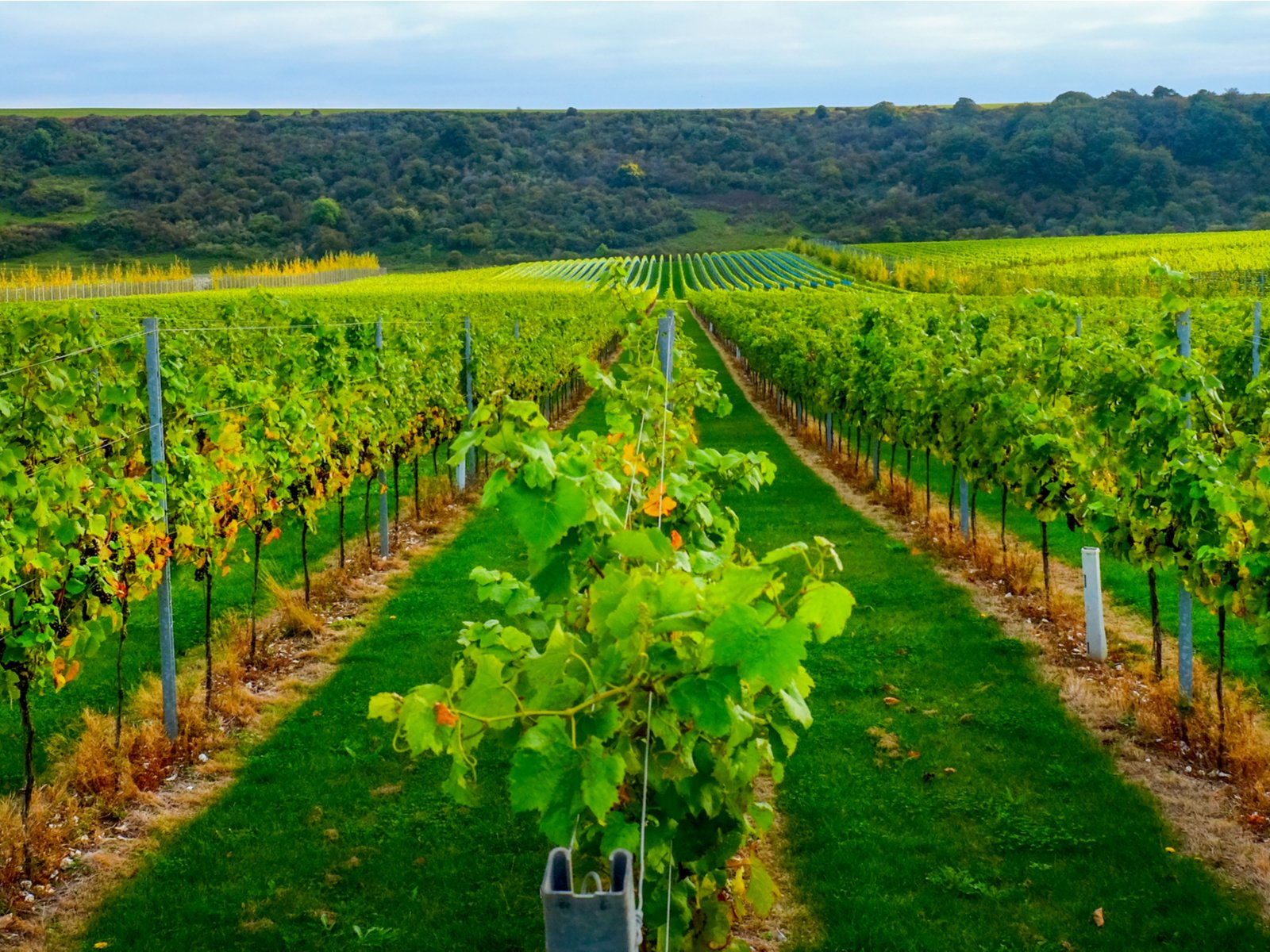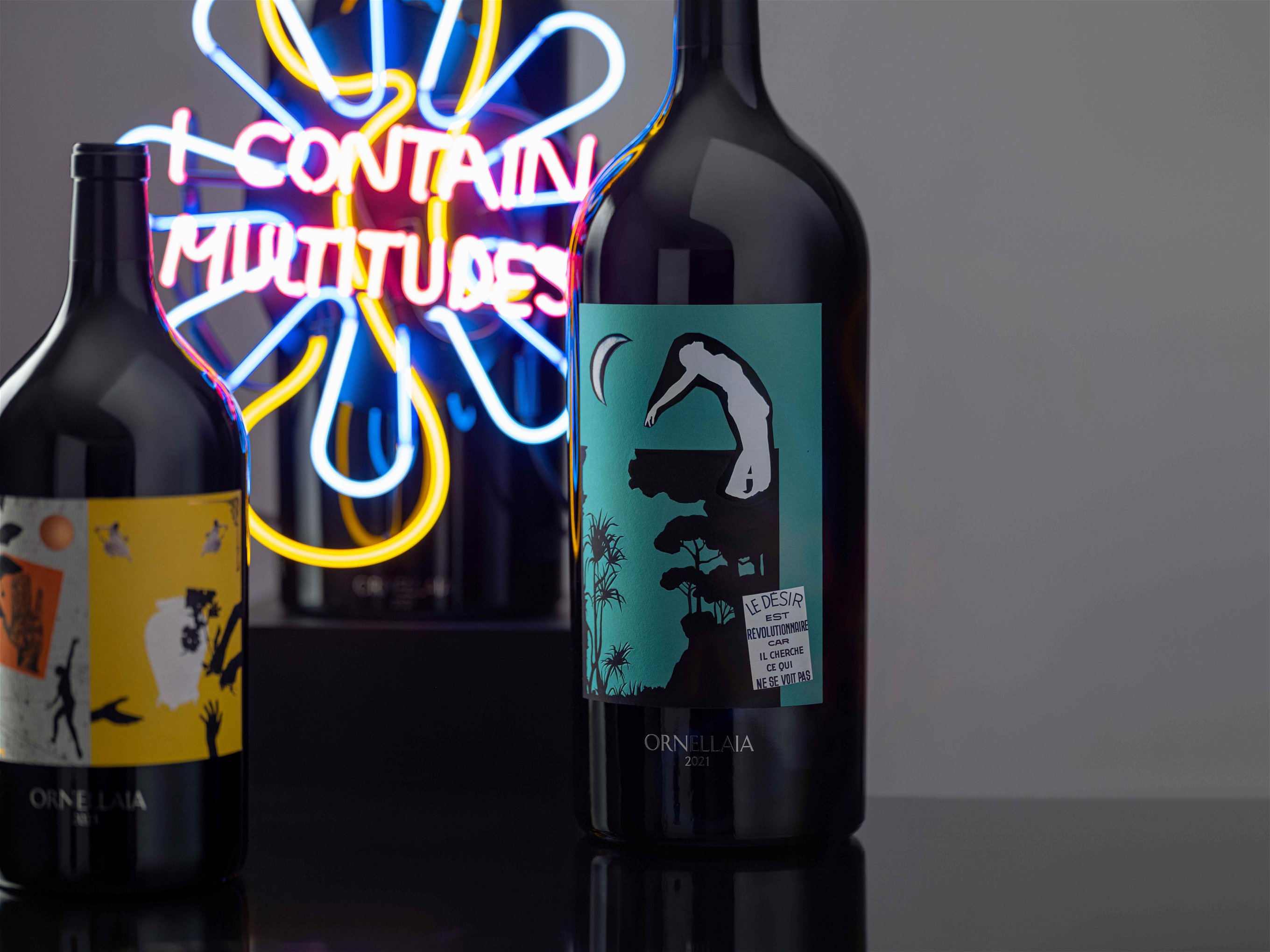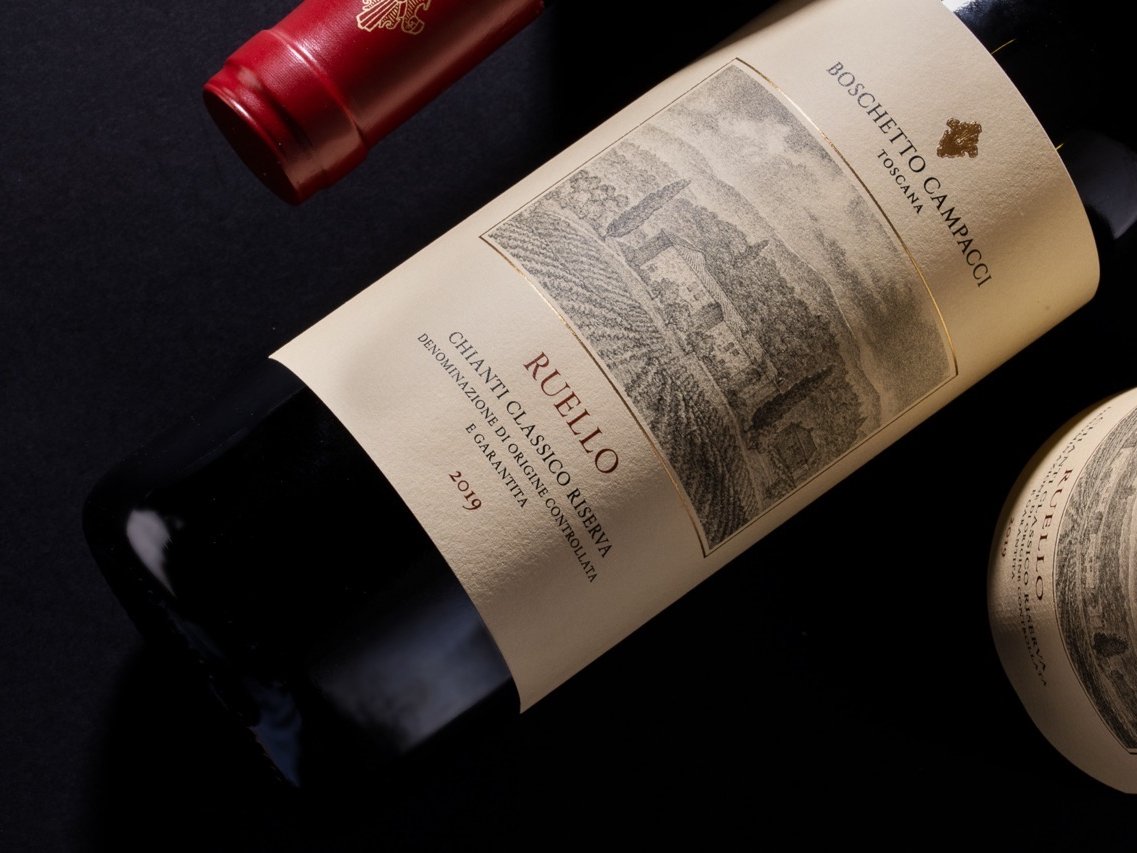Wine Vessels 101: Barrels, Tanks & Amphorae
The wine world constantly talks about the containers used for making or maturing wine. But what difference do barrels, tanks or amphorae actually make to wine?
Vessels matter. The containers wine are fermented and aged in have an influence on the finished product – on its taste, certainly, but in more and subtler ways than you may think. Vessels are just one element in the vast matrix that is wine, but a fascinating one.
The chief materials for wine vessels are wood, stainless steel, concrete, fibreglass and clay – some winemakers even use vessels hewn from granite, stoneware fermenters or, in one case, a hollowed out marble rock. Some wines are also deliberately aged in glass, exposed to daylight.
The three chief aspects to consider when thinking about wine vessels is whether they add any flavour to the wine, as some wood does, how thermally stable the material is and whether there is oxygen exchange, i.e. does the material allow tiny amounts of oxygen to permeate? Then there are practical aspects to consider: how easily can the vessel be maneuvered? Is it easy to clean and hygienic? Does it fit into the winery or cellar? Can it be heated or refrigerated?
Leaving these practical matters aside and focusing just on flavour, texture and taste, how do these vessels influence the wine? Stainless steel is an inert material that does not give any flavour to the wine. Sleeves, walls or submerged elements can be used to easily heat up or cool down the contents, say to get a cool ferment going, slow a vigorous ferment down or to store wine at a constant, safe temperature. So far, so neutral, but certain key aromas – esters like isoamyl acetate, the smell of peardrop – are a direct result of cool fermentation and impossible without a temperature-controlled stainless steel tank.
Concrete is also neutral, but has more thermal stability than steel, thus avoiding spikes during fermentation and keeping stored wine on a steady keel when there is no refrigeration. Concrete can also allow for some oxygen exchange. It is back in fashion, as are egg-shaped tanks with all the advantages of concrete plus a shape that keeps lees (the spent yeast of fermentation) in constant suspension, lending texture to the wine and protecting it from oxidation: microscopic amounts of oxygen are beneficial, anything more and wine oxidises.
When it comes to oak, (even though acacia and chestnut are also used) it depends whether a barrel is new, how toasted the wood is and where it is from. New barrels give most flavour, once- or twice-used barrels just a little, older barrels none. But they all have oxygen exchange. American oak gives notions of coconut and vanilla, European oak of smoke and hazelnut. A light toast gives subtle oak flavour, a heavy toast can impart notions of mocha and espresso. Clay also ‘breathes’ but gives off no flavours. The most beautiful thing is that delicious wines are made in all these vessels, in concrete tanks, like at Cheval Blanc, in amphorae and tinaja, in barrels of all shapes and sizes. What is certain is that they are far more than just containers – they are stylistic choices.












